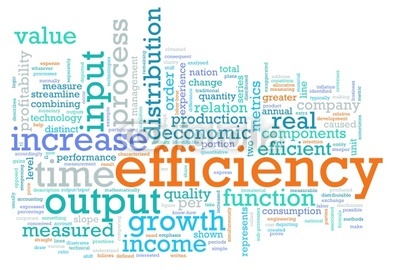
Physical Therapy EMR Tips to Smoothen Implementation
Nitin Chhoda provides a guideline that can be used when making the decision about physical therapy EMR. These tips are important, and if executed correctly, will positively affect the efficiency and productivity of your staff.
 Physical therapy EMR systems transition are often interpreted as an uphill battle by clinicians and managers.
Physical therapy EMR systems transition are often interpreted as an uphill battle by clinicians and managers.
Gaining traction with all staff members and ensuring that the product is actually more efficient will be a big challenge at first.
Here are a few tips to help implementation of physical therapy electronic medical records go more smoothly.
Assign a Project Manager or Team Leader
Usually this job is given to the office manager or other administrative executive. No matter who does the job, it is critical that someone is responsible for pulling everything together. They will be responsible for figuring out which physical therapy EMR software is best for your practice and they will need to get buy-in from the entire staff.
They will set up a schedule for implementation and manage expectations so that nobody feels surprised or overwhelmed by the changes. They will also need to assess and inventory your current resources and decide what needs to be purchased.
Include Everyone
Having a point person is very important to implementing your physical therapy EMR. And one of the most important jobs that this staff member will do is manage the expectations of the rest of the staff. One of the hardest parts of transitioning to physical therapy EMR and software is that staff members are set in their ways and do not want to change.
Staff member buy-in should be prioritized by adding meetings or interviews to the schedule and plan. Each staff member’s job should be reviewed, to some degree, and the changes they will need to make should be determined and discussed beforehand.
Asking staff what would make their jobs easier and attempting to find the right physical therapy EMR that incorporates the needed improvements can make the process simpler and smoother.
Invest in Training Programs
Another thing that staff will find difficult is learning on the fly. If you are changing the way things work, you’d better train the staff beforehand. Physical therapy EMR should improve efficiency. While there will always be a bit of a lag at first, the more training given before implementation, the smoother the implementation will go.
Physical Therapy Specific Software
 There are a lot of physical therapy EMR systems out there. Many are general and can be adapted to any kind of practice, from a general practitioner to a chiropractor or even a dentist.
There are a lot of physical therapy EMR systems out there. Many are general and can be adapted to any kind of practice, from a general practitioner to a chiropractor or even a dentist.
But rather than worry about making a system fit your practice, find a system that is made for physical therapy documentation.
Physical therapy EMR and software will make billing, scheduling, and patient management more efficient. If you are just starting out and are looking for an EMR that will be easier to implement, find specific physical therapy EMR software.
Be Flexible
Make a schedule, ensure that the staff are ready, and transition your practice to physical therapy EMR software. But remember that there are always going to be challenges and the adjustment period will never be perfect. Build some flexibility into your schedule and ensure that staff have opportunities to refresh any learning even once the EMR has been implemented.



















